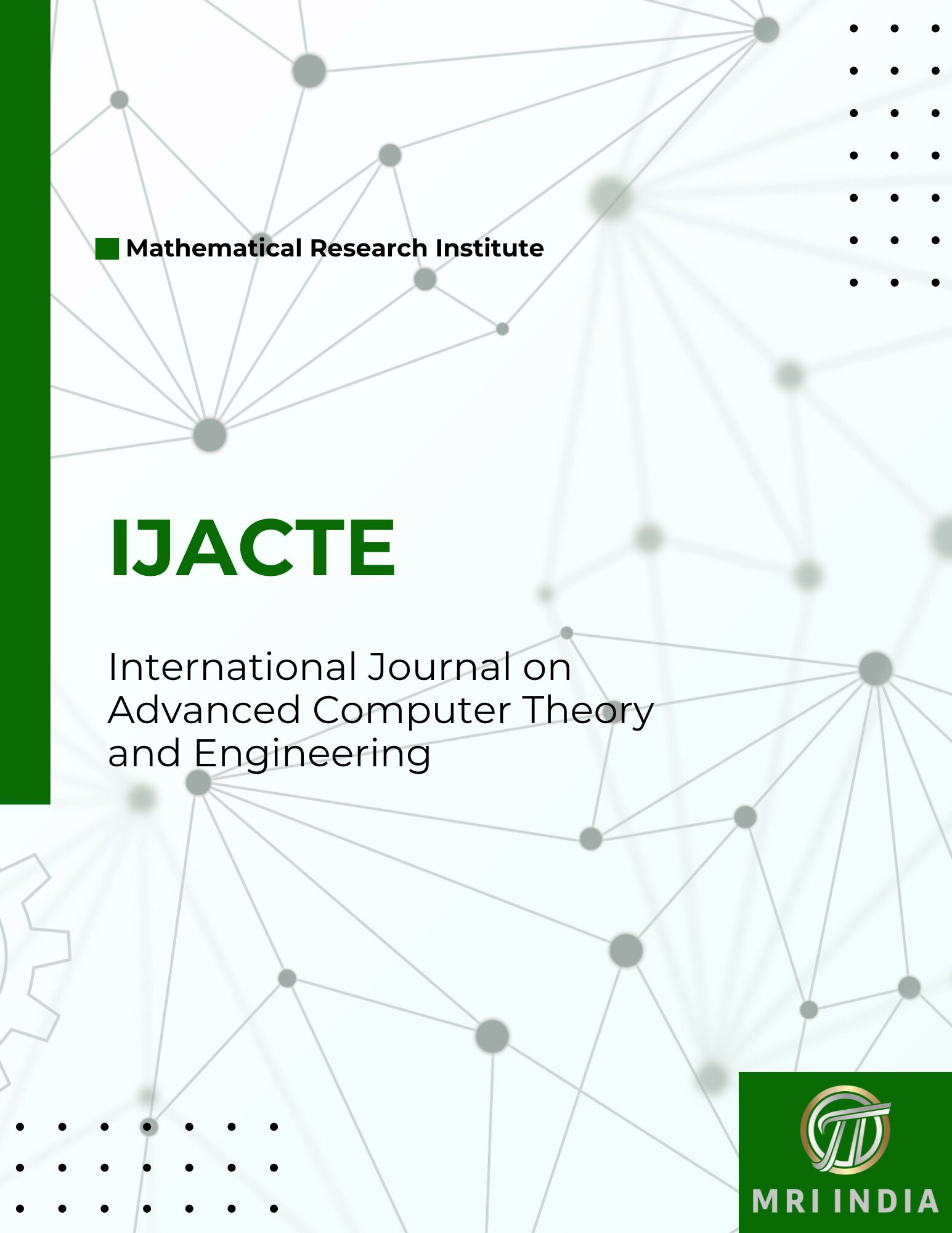Voice-Guided Data Structure Implementation and Visual Representation
Main Article Content
Abstract
Understanding and teaching data structures is a fundamental
aspect of computer science education, essential for developing
strong problem-solving and programming skills. However,
beginners and younger learners often face difficulties grasping
abstract concepts such as linked lists, trees, and graphs. To
address this, visualization tools have been widely adopted to
demonstrate how data structures operate during processes like
insertion, deletion, and traversal. Despite their effectiveness,
many of these tools lack interactive features, limiting students'
ability to engage with data structures dynamically. Meanwhile,
voice assistants, driven by natural language processing (NLP)
and speech recognition, are becoming increasingly integrated
into educational settings, offering an intuitive, hands-free mode
of interaction. By merging voice-based interaction with visual
representation, learners can engage with data structures more
effectively, issuing voice commands to manipulate structures
while simultaneously receiving real-time visual feedback. This
approach fosters a more immersive and interactive learning
experience.
